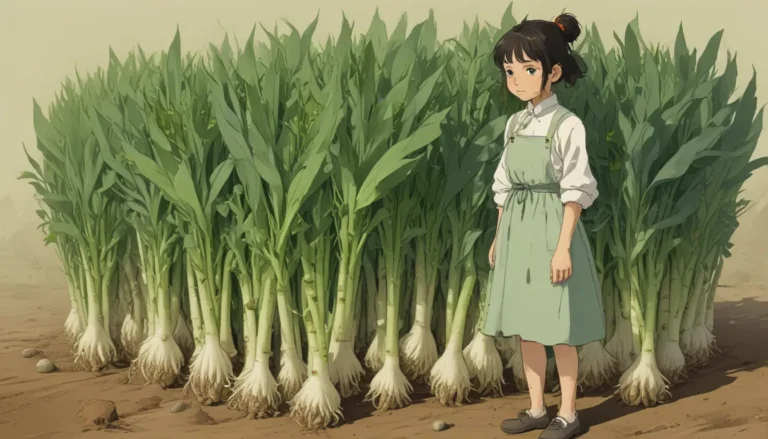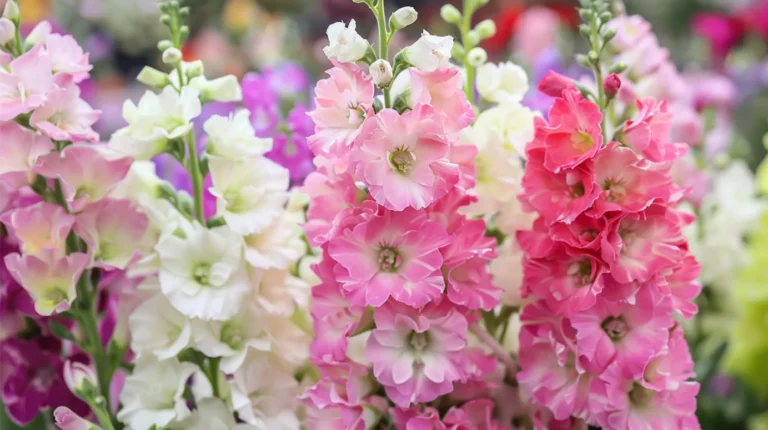A Comprehensive Guide to Milkweed: Helping Monarch Butterflies Thrive

If you have made the noble decision to grow milkweed to support monarch butterflies in their majestic migrations, let me offer a warm butterfly welcome to this noble cause. Your efforts are crucial in helping these regal travelers navigate their perilous journeys.
As larval host plants for monarchs, milkweeds play a vital role in supporting these butterflies throughout their long trek. By increasing plantings of these wildflowers, we can significantly impact monarch populations and aid them in their migratory efforts.
However, not all milkweed species are created equal in the eyes (or tastebuds) of our monarch friends. Choosing the best species for your region is critical to ensuring the success of these butterflies. Let’s delve into the world of milkweed and explore the top 15 varieties that are essential for monarch butterflies.
Why Choosing the Right Milkweed Matters
Monarchs depend on regionally available native milkweed species during their migrations. Planting non-native species can disrupt their migratory patterns and pose risks to their well-being. Research has shown that certain plants, such as A. curassavica, also known as “bloodflower,” discourage migration in monarchs and increase their susceptibility to parasites.
For those residing in the US and Canada, it is advisable to avoid planting A. curassavica and opt for suitable alternatives. Native species are not only beneficial for monarchs but also support the overall health of these butterflies.
Let’s explore the 15 best types of milkweed that will help monarch butterflies thrive in various regions across North America.
The Top 15 Milkweed Varieties for Monarch Butterflies
-
A. asperula – Antelope horns, native to the southwestern and south-central US. Hardy in Zones 7 to 9, this species thrives in desert areas with low water requirements.
-
A. cordifolia – Heartleaf milkweed, native to the West Coast of the US. Blooming in spring and summer, it grows well in rocky soils and tolerates drought conditions.
-
A. eriocarpa – Woolypod milkweed, known for its tactile seed pods. Native to California, Nevada, and Baja Mexico, it is a larval host for monarchs and queen butterflies.
-
A. erosa – Desert milkweed, suitable for desert habitats in the southwestern US. This drought-tolerant plant thrives in dry, sandy soils with minimal water requirements.
-
A. exaltata – Tall milkweed, native to eastern North America. With a height of up to five feet, it blooms from May to August and enjoys moist soils and part shade.
-
A. fascicularis – Narrowleaf milkweed, delicate in appearance and native to parts of the western US. Drought-tolerant and attractive to monarchs, queen butterflies, and native bees.
-
A. humistrata – Sandhill milkweed, thriving in the sandy habitats of the southeastern US. Larval host for monarchs and queen butterflies, it blooms from March to June.
-
A. incarnata – Swamp milkweed, ideal for wet habitats in eastern Canada and most of the US. It attracts monarchs, queen butterflies, soldiers, and other pollinators.
-
A. perennis – Aquatic milkweed, perfect for coastal areas in the southeastern US. A larval host for monarchs, queens, and soldier butterflies, it grows well in moist soils.
-
A. purpurascens – Purple milkweed, striking with rose-pink to reddish-purple flowers. Endangered in some states, it is crucial for monarchs and other pollinators.
-
A. speciosa – Showy milkweed, boasting big pink and white blooms in savannahs and prairies of western and central North America. Larval host for monarchs and bumblebees.
-
A. syriaca – Common milkweed, an important native species for monarchs in the eastern and central US. Thrives in disturbed areas and attracts a variety of pollinators.
-
A. tuberosa – Butterflyweed, with bright reddish-orange blooms native to most of the eastern US. Drought-tolerant and a larval host for monarchs and other butterflies.
-
A. verticillata – Whorled milkweed, wispy and native to the Eastern two-thirds of the US. Ideal for naturalized plantings and attracting swallowtails and bees.
-
A. viridis – Green milkweed, with greenish blooms and a spreading growth habit. Thrives in full sun with well-drained soil, attracting monarchs and native bees.
Making Your Royal Choice
As you embark on your milkweed-growing journey, consider the best options for your region and growing conditions. By selecting the right milkweed species, you can create a thriving habitat for monarch butterflies and support their incredible migrations.
Are you ready to give monarch butterflies the royal treatment? Let us know which milkweed species you plan to grow and share your experiences with these majestic creatures in the comments below. Happy planting and happy monarch watching!





